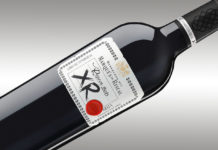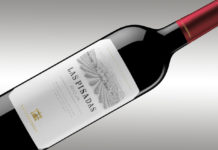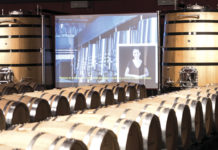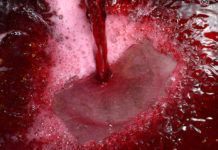The evolution of wine drinking in Spain in 2014 resulted in the first positive figures in many years, and this could be interpreted as a change in trends, according to a poll by the consulting firm Nielsen. In this context of recovery, the balance of Rioja can also be considered positive. A rise in sales of aged wines has led to a higher average value and Rioja has expanded its overwhelming on-trade leadership, achieving a market share close to 80% in Crianza, Reserva and Gran Reserva red wines.
It is certainly good news for the Spanish wine industry as a whole that, for the first time in many years the continued decline in wine consumption in Spain has stopped and even experienced a slight growth. In the opinion of the person responsible for the survey at Nielsen, Ángel García, this could well bring about a change in trends. It is particularly promising for Rioja that this rise in consumption has taken place in the on-trade channel, a key outlet both for this wine region and for other quality wines protected by the various designations of origin. The evolution of consumer preferences towards quality —and therefore, higher value added— wines continued in 2014 with a 3% growth in D.O. wine sales, compared to a 2.6% drop in wines without a geographical indication.
This favourable environment in the Spanish wine market is a challenge and a great opportunity for Rioja to continue leading and growing in the near future in line with its current strategy aimed at value growth. This was confirmed by the performance of Rioja wine in 2014. Higher sales of aged wines increased the overall value of the Rioja offer, with better positioning at higher price points. The rise in value has affected the complete range of wines and this has logically resulted in a drop in sales of young reds, as a result of competing, lower-priced wines from other wine regions. Nonetheless, losses were offset by increased aged red wine sales.
It is particularly noteworthy that the D.O.Ca. Rioja has managed to increase its already overwhelming leadership in sales of barrel-aged red wines —those with the highest added value. Although it seemed difficult to achieve, the Rioja Crianza, Reserva and Gran Reserva categories reached a 78.5% market share in the on trade (eight out of ten bottles!) which is five percentage points higher than four years ago. The next best-selling designation of origin has a market share of 8.3%. The change in trends observed in the on-trade directly affects the evolution of Rioja, given the dominant position of this wine region in such an important channel for marketing quality wines.
If we consider the sales of designation of origin wines as a whole, Rioja wine performed consistently in 2014, maintaining the sales volume of 2013, when it recovered its positive trend after a four-year recession. The global market share of Rioja among wines with a designation of origin is maintained at around 35%, twenty-five percentage points from the next designation of origin.
Rioja has also experienced a positive evolution in white wine consumption in recent years with a 7.9% rise in sales in 2014, practically in line with the 10% overall growth in the market for this type of wine. In red wines —Rioja’s main reference as they represent 90% of its production— the market share of this wine region among D.O. wines is 47% (39% off-trade and 57% on-trade).
In terms of regional sales, according to the Nielsen poll, Rioja wines are present in practically the totality of Spanish markets, with weighted distribution levels equal or close to 100% both off- and on-trade. Rioja wine is consumed most in North-Central Spain (Basque Country, Cantabria, Navarre) with 31.1% of sales and a 51% market share. This is followed by Southern Spain, which concentrates 15.7% of Rioja sales and also shows a very high market share among D.O. wines (43%).














